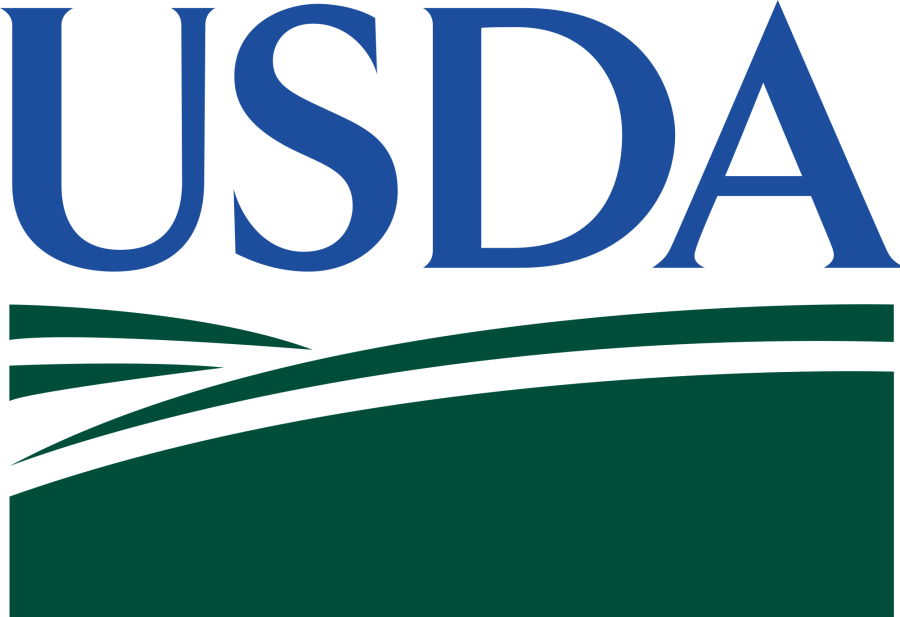Find out how China’s new law, starting in May 2025, plans to give farmers more power and improve the rural economy. Will it protect land rights and secure food?

The law’s key objectives include:
- Empowering Farmers: Giving farmers more oversight and a stronger voice in land management.
- Clarifying Collective Roles: Clearly defining the roles and responsibilities of rural collectives for fair land management.
- Encouraging Economic Growth: Implementing fiscal and tax measures to enhance rural collective economies.
Xinhua stated, “This law aims to safeguard the rights of the collective and its members while fostering an economic environment where rural communities can thrive.”
Collectives and Contention: Navigating China’s Unique Farmland Ownership Terrain
In China, all farmland is state-owned, making the government the principal landowner, while farmers hold long-term lease rights. These rights are administratively managed by village collectives rather than the farmers themselves. This arrangement has sparked significant dissatisfaction as these collectives often fail to represent farmers’ interests effectively. Consequently, farmers’ limited say in land-related decisions has led to ongoing tensions and frequent disputes.
Voiceless and Victimized: The Farmers’ Struggle Against State-Dominated Land Decisions
Despite the promised land lease rights for farmers, the current system faces severe criticism due to the minimal representation of farmers in crucial decision-making processes. This gap has allowed state officials to dominate land use and development decisions, often to the detriment of farmers.
Instances of land grabs have increased, where farmers are pressured to give up their land for little or no compensation. These decisions usually aim to attract investment or stimulate local economic growth, benefiting external investors or local governments rather than the farmers themselves.
Such practices have sparked social unrest and widespread dissatisfaction among rural communities. Forced land takeovers have led to protests and legal battles as farmers fight to protect their fundamental rights. This imbalance underscores the urgent need for reforms that empower farmers and protect their land rights.
A New Dawn: Empowering Farmers and Democratizing Decision-Making
The Rural Collective Economic Organisations Law aims to reshape China’s rural economy by clearly defining the roles of rural collectives and enhancing farmers’ rights. By managing farmland on behalf of farmers, this legislation seeks to democratize decision-making and ensure more equitable economic benefits.
Under this law, farmers gain more supervisory power over collective operations, giving them a stronger voice in decisions affecting their livelihoods. This aims to make collectives more accountable and transparent, thus reducing unilateral decisions by state officials that have historically caused unrest.
The law enforces principles of openness, fairness, and impartiality in land contracts and requires local governments to issue certificates confirming farmers’ land rights. This formal recognition protects against unjust modifications or revocations. Additionally, it promotes cooperative agricultural production, allowing contractors to pool their rights for more efficient farming practices.
Fiscal and taxation measures support the rural collective economy, ensuring economic benefits are evenly distributed and protecting farmers’ rights. This reform aims to create a fairer and more resilient rural economic structure, contributing to national food security goals and rural development.
Financial Frameworks and Future Prosperity: How Fiscal and Taxation Measures Will Reshape China’s Rural Landscape
The new Rural Collective Economic Organisations Law aims to revolutionize China’s rural economy by promoting fiscal and taxation measures. This law intends to empower rural collectives with essential financial resources, fostering long-term growth and sustainability.
Expected fiscal measures include subsidies, grants, and low-interest loans, which could drive rural development. Taxation measures might offer tax reliefs or incentives for collective farming projects and rural enterprises, easing the financial burden. This approach aims to boost investment in agricultural infrastructure, technology, and sustainable practices, enhancing the agricultural sector‘s resilience and productivity.
Mandating greater financial oversight and accountability within rural collectives, the law seeks to ensure fiscal incentives reach the farmers. Increased financial transparency could build confidence among farmers, encouraging their active participation and cooperation within collectives. The ultimate goal is a vibrant rural economy with improved agricultural productivity, better living standards, and economic stability for farming communities.
Securing the Harvest: Strategic Legal Moves to Safeguard China’s Food Supply
Ensuring food security in China is a national priority that depends on effective farmland management. The new Rural Collective Economic Organisations Law strengthens farmers’ roles in managing collectives, enabling better decision-making, sustainable practices, and increased productivity. This legal empowerment encourages modern farming techniques, improving land use efficiency.
The law also transforms rural collectives from land administrators to proactive entities driving agricultural innovation. This shift helps support farmers with resources, knowledge, and investment, which is crucial for a stable food supplyamidst urbanization pressures.
Moreover, the law’s focus on financial and taxation measures empowers rural collectives, ensuring they have the funding to invest in technology and infrastructure. This leads to higher yields and a more resilient food productionsystem.
The law consolidates China’s food security by placing farmers at the center of agricultural policy and enabling collectives to drive rural development. This fosters a more democratic and financially supported agricultural landscape, safeguarding China’s food supply for the future.
The Bottom Line
China’s new law represents a significant move in addressing the longstanding issues farmers face. It aims to strengthen land rights and boost the rural collective economy.
Farmers will gain more control over land decisions, reducing the risk of land grabs and ensuring fair compensation. The law clarifies rural collectives’ role, enhancing community transparency and trust. These changes could revitalize the rural economy, promote sustainable agriculture, and secure the nation’s food supply.
By tackling previous problems and providing a framework for growth, this law seeks to resolve conflicts and create a more equitable rural landscape. The actual test will be used to effectively implement and enforce these provisions.
Sustainable development driven by fair land rights is crucial for the resilience of China’s rural economy. With the proper measures and oversight, this new law could usher in an era of agricultural prosperity and social harmony.
Key Takeaways:
- The new law, effective May 1, 2025, aims to protect farmers’ land rights and bolster village collectives.
- This legislative move is designed to support China’s rural economy and ensure food security.
- Farmers will now have greater oversight over rural collectives, potentially reducing state dominance in land-related decisions.
- The law stipulates that fiscal and taxation measures will be used to boost the development of the rural collective economy.
- Previously, villagers had limited practical power to make decisions about their land, often overridden by state officials.
- The new framework emphasizes openness, fairness, and impartiality in land contracts and aims to democratize the decision-making process.
- Disputes can be resolved through consultation, mediation, or arbitration, ensuring more protection for farmers’ rights.
- Certificates of land contractual management or forestry ownership will be issued to contractors, safeguarding their land use rights.
- Farmers can leverage their land rights through transfer, lease, pooling of rights as shares, mortgage, or other means.
- The ultimate goal is to stabilize and improve rural management systems while promoting agriculture and rural development.
Summary:
China has passed the Rural Collective Economic Organisations Law, aiming to protect farmers’ land rights and boost village collectives. The legislation, set to take effect on May 1, 2025, aims to promote rural economic revival and food security. Key objectives include empowering farmers, clarifying collective roles, and encouraging economic growth through fiscal and tax measures. In China, all farmland is state-owned, with the government being the principal landowner. Farmers hold long-term lease rights, which are administratively managed by village collectives. This arrangement has led to dissatisfaction with the lack of representation of farmers in decision-making processes and increased land grabs. The Rural Collective Economic Organisations Law aims to reshape China’s rural economy by defining the roles of rural collectives and enhancing farmers’ rights. It enforces principles of openness, fairness, and impartiality in land contracts and requires local governments to issue certificates confirming farmers’ land rights.












